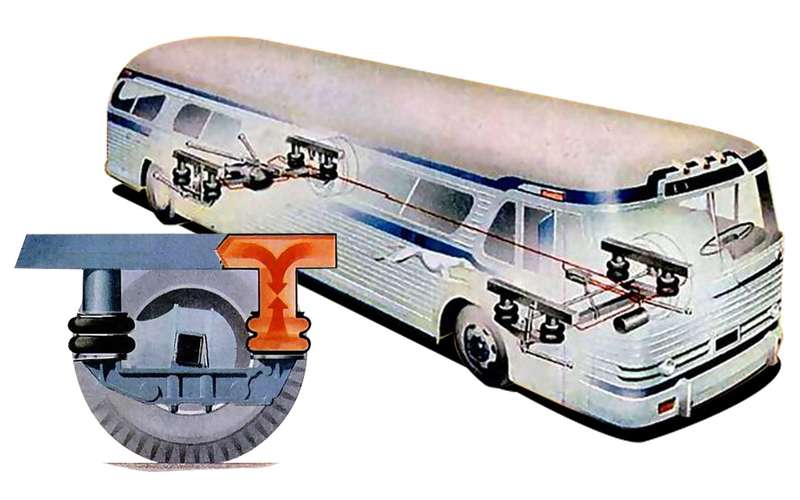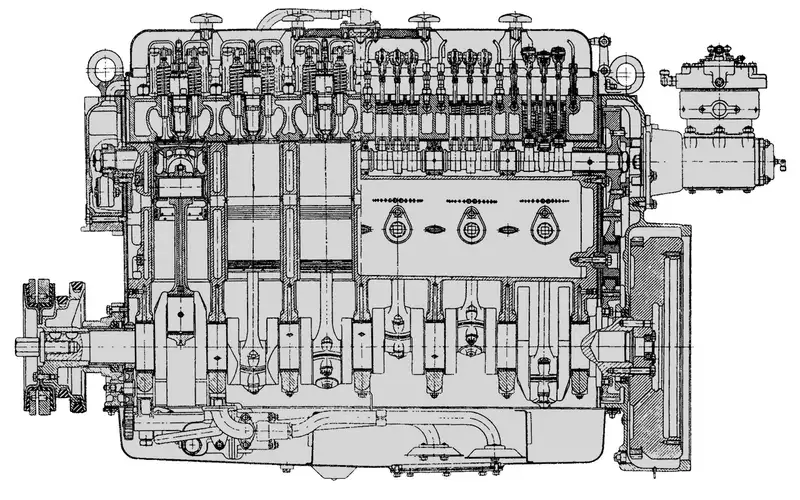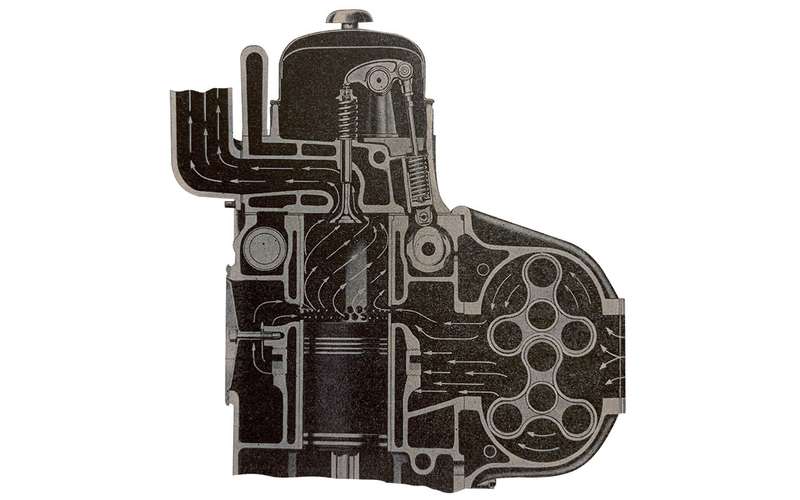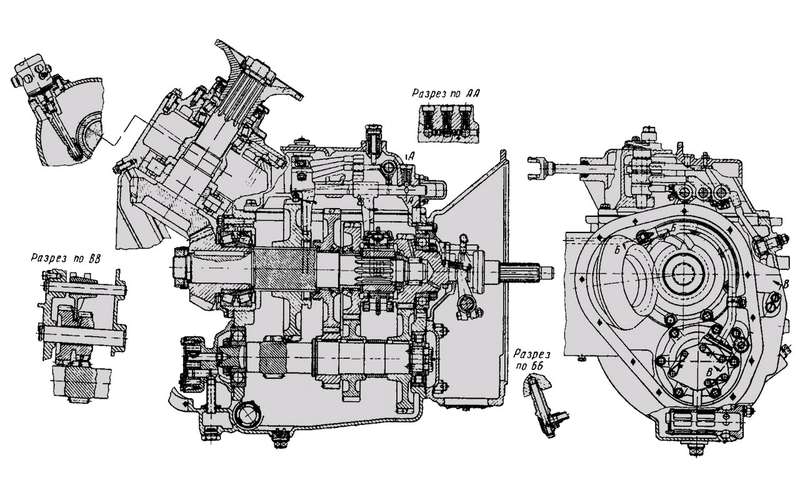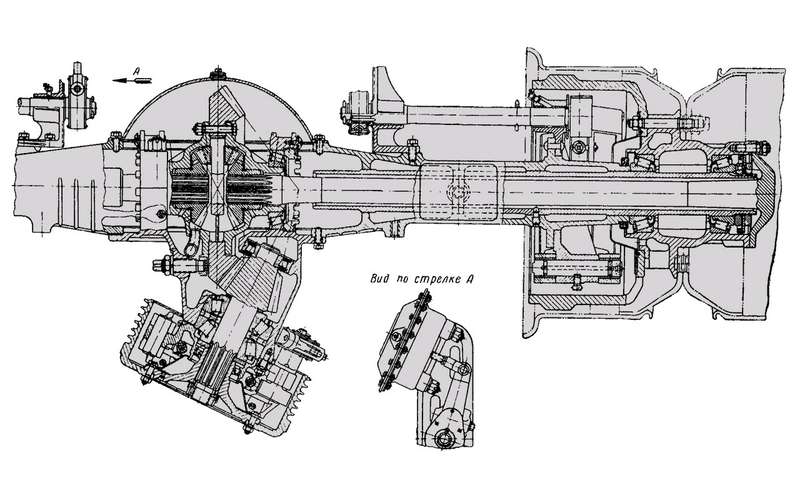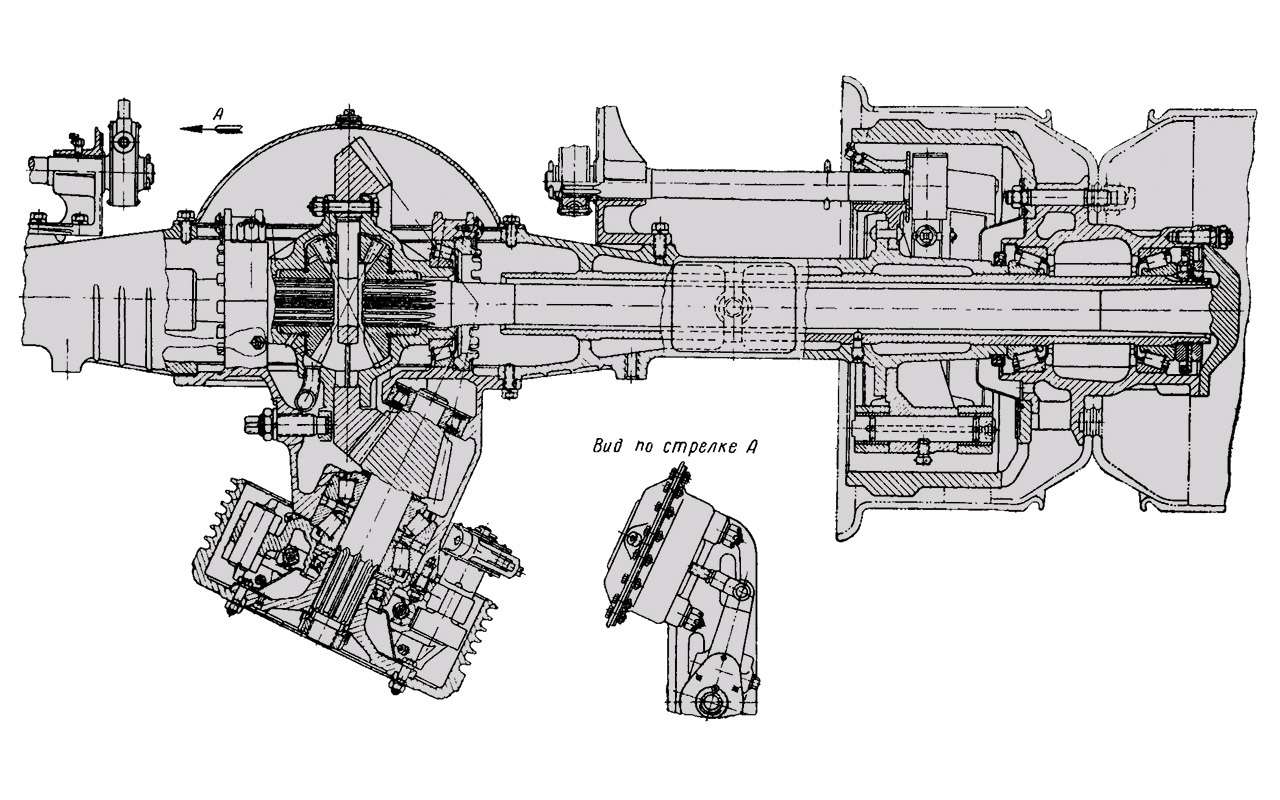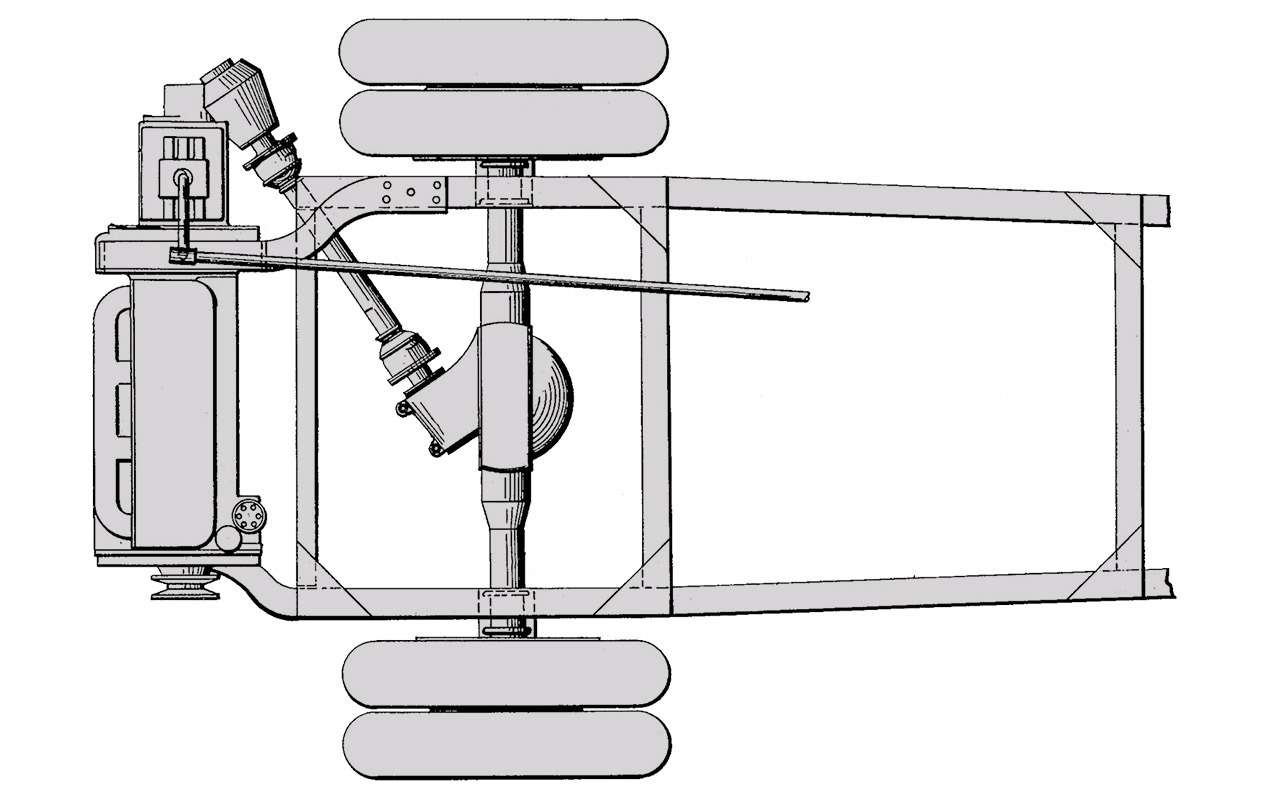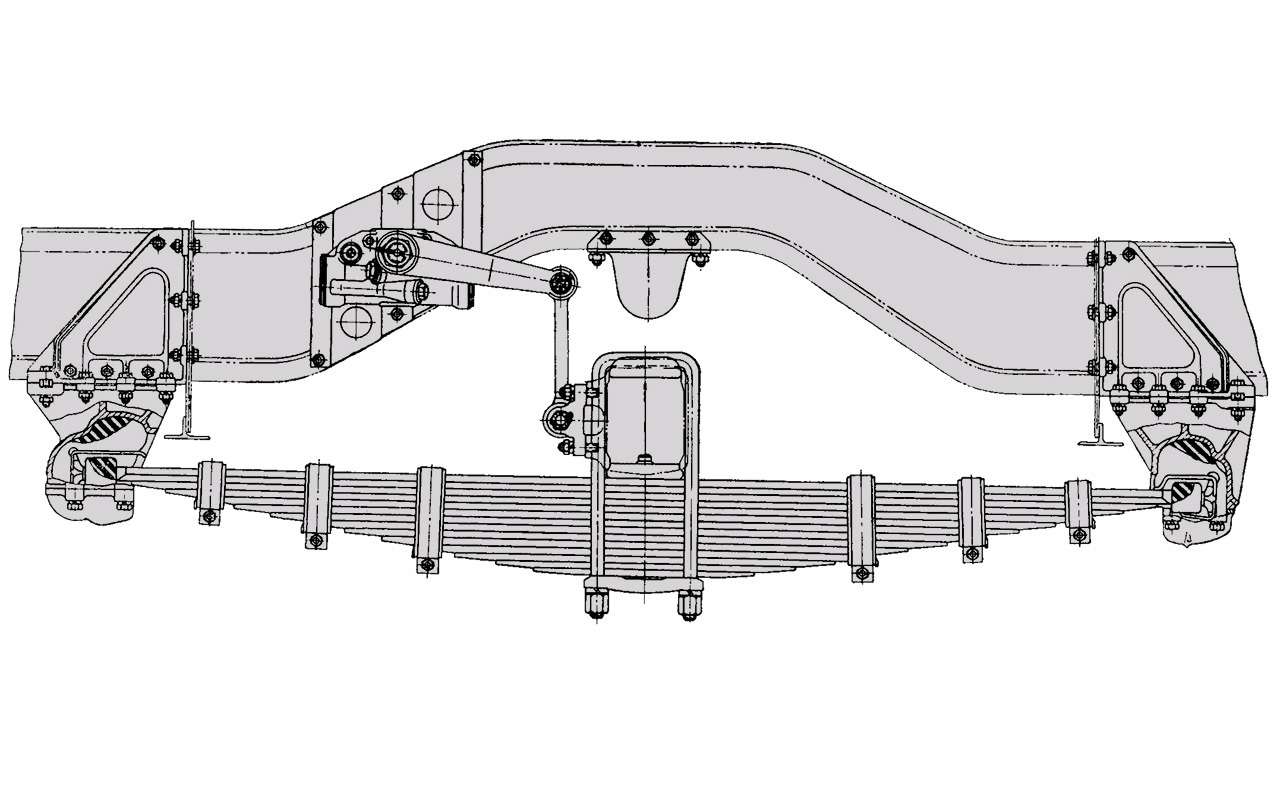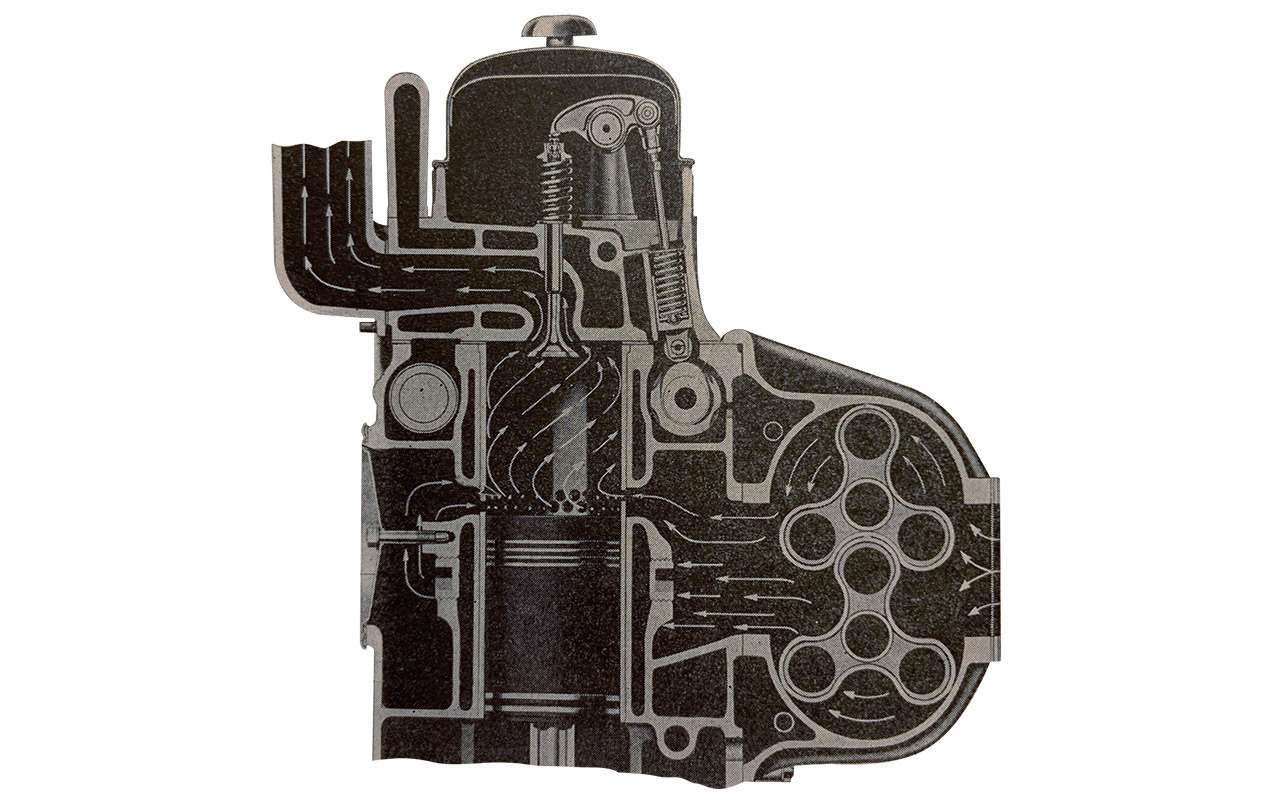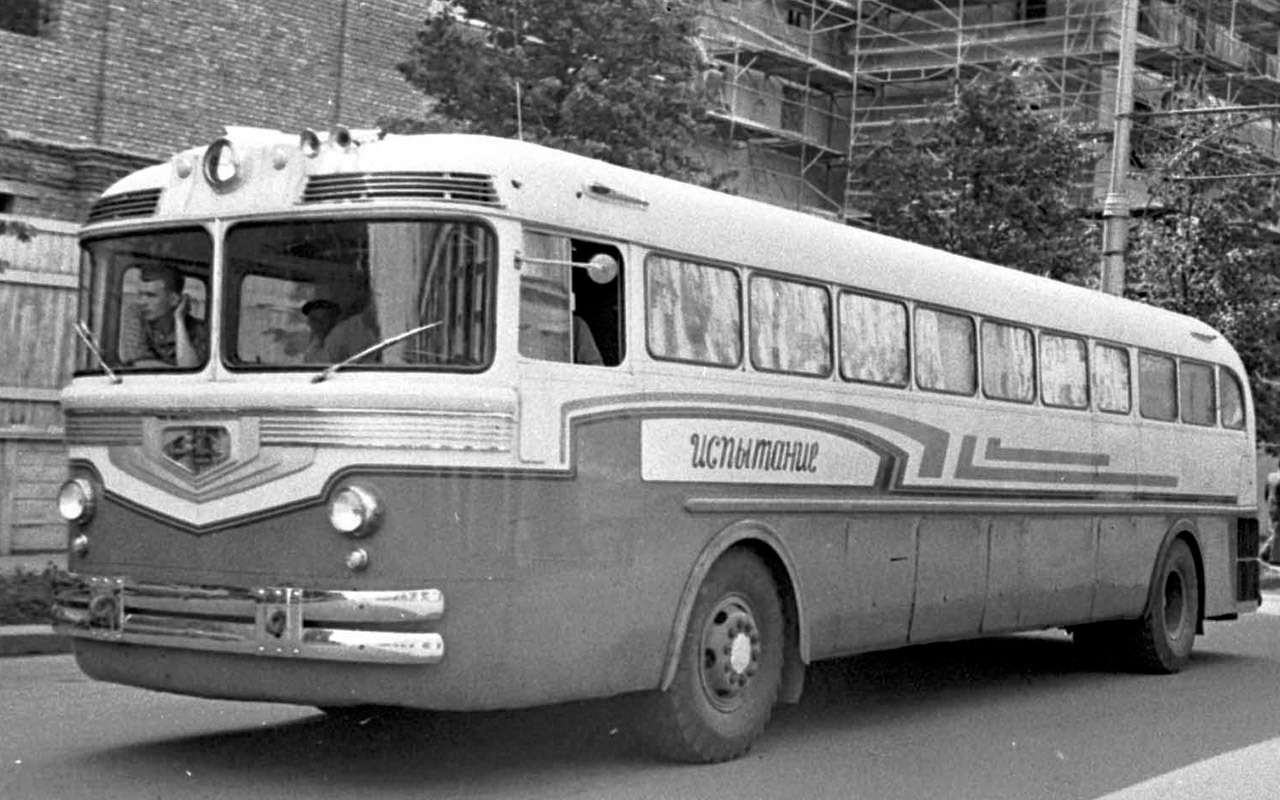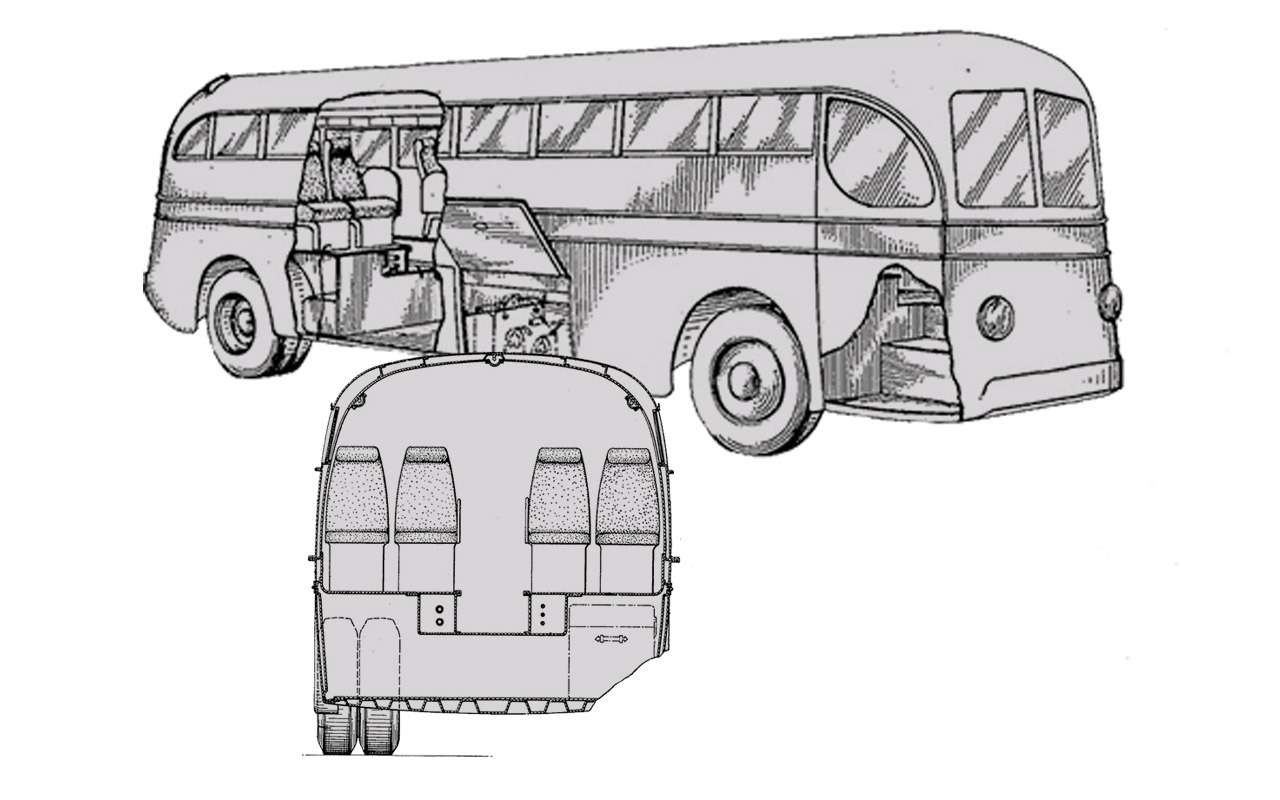ZIS-127 (the car went into production under the name ZIL, and the factory was renamed) is one of the first post-war buses in the USSR.
Work on it began in 1951. It even became the country’s first major intercity bus.
In designing the car, of course, they made great use of the experience already gained in creating the first post-war city bus ZIS-154, which was based on the American design of Yellow Coach cars.
The first prototype of the ZIS-127 from 1952 looked unusual and avant-garde for the USSR – richly decorated with chrome decor and a huge spotlight on the roof.
ZIS (ZIL)-127 with a length of 10,220 mm and a wheelbase of 5600 mm kept the rear-engine layout of the ZIS-154 (the city bus was 75 mm lower and 150 mm shorter in the base) and its American predecessors of the Yellow Coach brand, which was created by the company in the 1940s, which became a subsidiary of the GMC group.
The general style of the Soviet intercity bus echoed the famous American “long-haul” cars of the Greyhound brand of the PD series of the early 1950s. These buses, like the Moscow ones, were derivatives of the large GMC (Yellow Coach) city cars.
Serial ZIL-127 was noticeably different from the experimental one. However, the decor hasn’t gotten any worse. The car was distinguished by characteristic corrugated side panels made of 1.8 mm thick aluminum.
Greyhound was larger than ZIL: length – 10 668 mm, wheelbase – 6270 mm. Like the ZIS‑127, the American bus had corrugated aluminum side panels. But the style of the Soviet car in the mid-1950s was perhaps even brighter and more avant-garde than that of its American counterparts.
The body structure of the ZIS‑127 generally repeated the scheme of the ZIS‑154. There was no frame in the classical sense, instead there was a powerful welded base, to which a spatial body frame was attached.
ZIS-127 had a standard suspension for those years: spring, with lever shock absorbers.
American buses had the same design: a powerful base and a spacious frame. Like the Greyhound, the ZIS‑127 had luggage compartments on the underside of the body.
An important difference with the American Greyhound bus is the progressive suspension on air suspension, which ensures excellent driving comfort.
A two-stroke six-cylinder Yaroslavl diesel engine YaAZ-206D with a displacement supercharger, a working volume of 7.0 liters (108 × 127 mm), developed a power of 180 horsepower. at 2000 rpm and a torque of 720 Nm at 1200-1400 rpm. The same engines were installed on heavy trucks of the YaAZ-210 family.
The Soviet diesel engine was a copy of the American GMC-71 family, produced by the Detroit Diesel division. The license for three (the release never started), four and six cylinder engines for Yaroslavl was acquired in the 1940s. In the US, for the bus version of the engine in the early 1950s, the power was stated as 190 hp.
The ZIS‑127 had a gearbox similar to that of trucks of the YaAZ‑210 family. A four-phase option (6.17/3.4/1.78/1.00) was installed on buses and a five-phase version was installed on trucks.
The layout of the ZIS-127 with a transverse engine in the rear determined the original transmission scheme with a right-angle gearbox of the drive shaft.
The transmission schedule, of course, coincided exactly with the American one, worked out on pre-war Yellow Coach buses.
Bad luck
ZIL-127 – an interesting and progressive car was not produced for a long time: from 1955 to 1959. Over the years, only 851 buses were produced. The main drawbacks were the noise and smoke from a two-stroke diesel engine.
In 1959, ZIL transferred the production of buses to a new plant near Moscow – in Likino-Dulyovo. And there, having established the mass production of urban ZIL-158, they did not adopt a complex and expensive intercity bus. In addition, the production of cars of this class has already been established by the Lviv Bus Plant. On this, the fate of the ZIL-127 ended.
- 13 unique LAZ buses are here.
- “Driving” can also be read on Viber.
The first Soviet express: what’s American in it?






